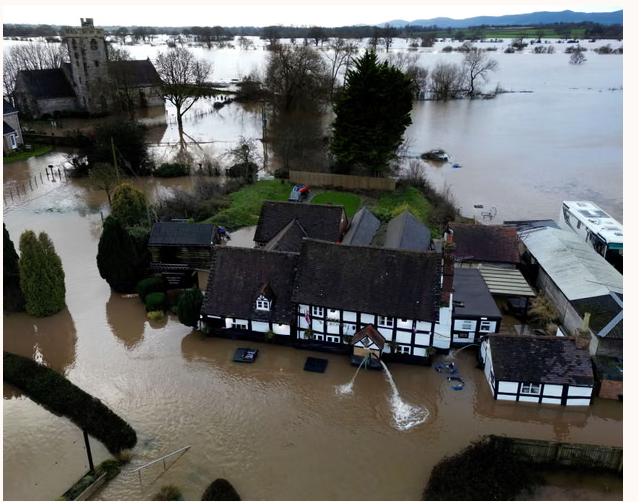IWhy a Sponge City Flood Strategy Matters
The Sponge City flood strategy is gaining attention across the UK as climate change intensifies rainfall and increases flood risk. Although the government recently pledged a “record” £10.5 billion in funding, experts argue that this falls short. To truly protect homes and communities, we urgently need bold, nature-based solutions.

Record Pledges vs. Rising Risk
While £10.5 billion over ten years is a headline figure, it fails to match the escalating threat. Recent flood risk assessments show that the danger is growing faster than funding.
At the same time, over £100 billion will be spent on water and sewage infrastructure in just five years. This comparison reveals how severely underfunded flood protection remains.
Reforestation Is Essential
To reduce flooding, the UK must prioritise reforesting upper catchments. Trees naturally slow runoff and help absorb excess water.https://www.youtube.com/watch?v=nf-Yy3EuZi0
However, the government has yet to implement its promised land-use framework. Additionally, its sustainable farming subsidy, which supports water management practices, remains paused. These delays stall urgently needed progress.

Introduce Sponge City Designs in Urban Areas
New developments should adopt Sponge City flood strategy elements such as:
- Permeable pavements
- Green roofs
- Retention ponds
- Rain gardens
These features slow surface runoff and reduce pressure on drainage systems.
Although towns like Slough have already piloted these designs, national implementation is slow. Some departments argue that mandating these features could slow down housebuilding. Nevertheless, long-term flood resilience depends on their adoption.

Fix the Policy Gap: Reform the Sequential Test
Currently, the sequential test requires new developments to be placed in low-risk flood areas. Yet many local authorities don’t have timely access to flood data. As a result, developers face sudden planning rejections—often after significant investment.
To solve this, the government should align housing and flood policy. Developers could be allowed to build in medium-risk areas—if they include strong, built-in flood mitigation features.
Support Local Councils with Tools and Training
Many councils lack the tools, data, or expertise to assess flood risk effectively. This creates delays and weakens flood prevention planning.
To address this, the government must:
- Provide high-quality data tools
- Fund technical training
- Increase planning support staff
This assistance will help councils make faster, more informed decisions that align with both housing goals and climate resilience.




